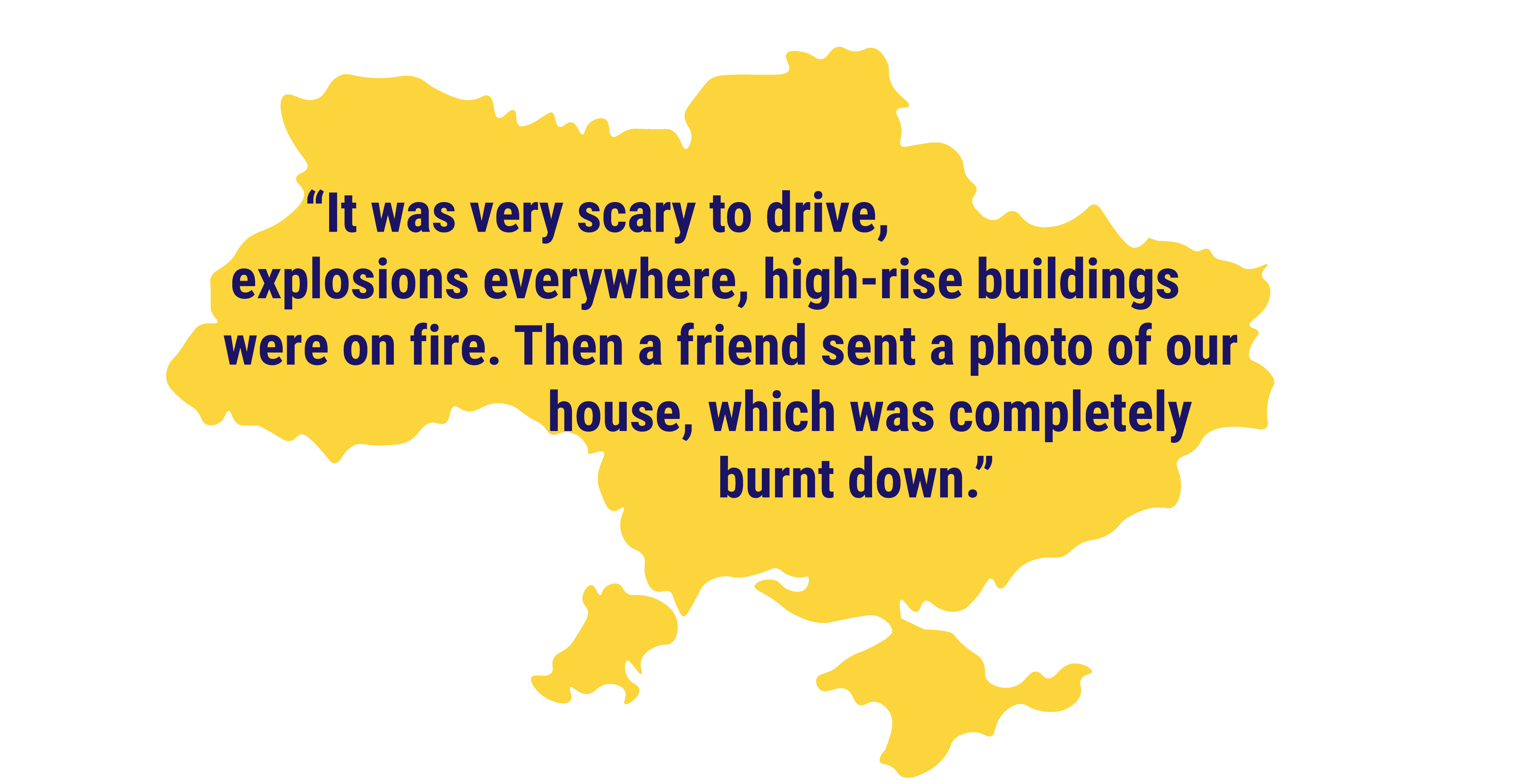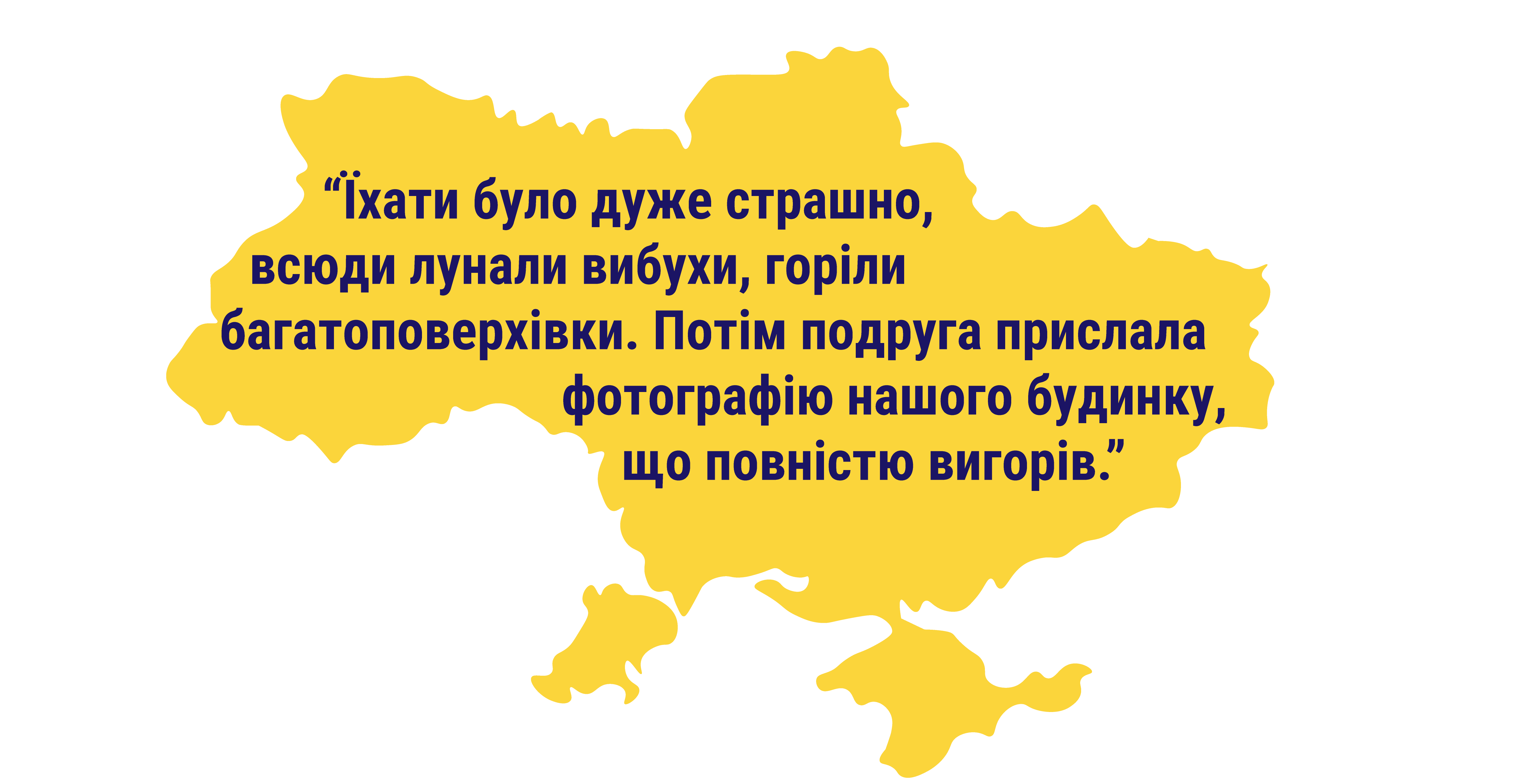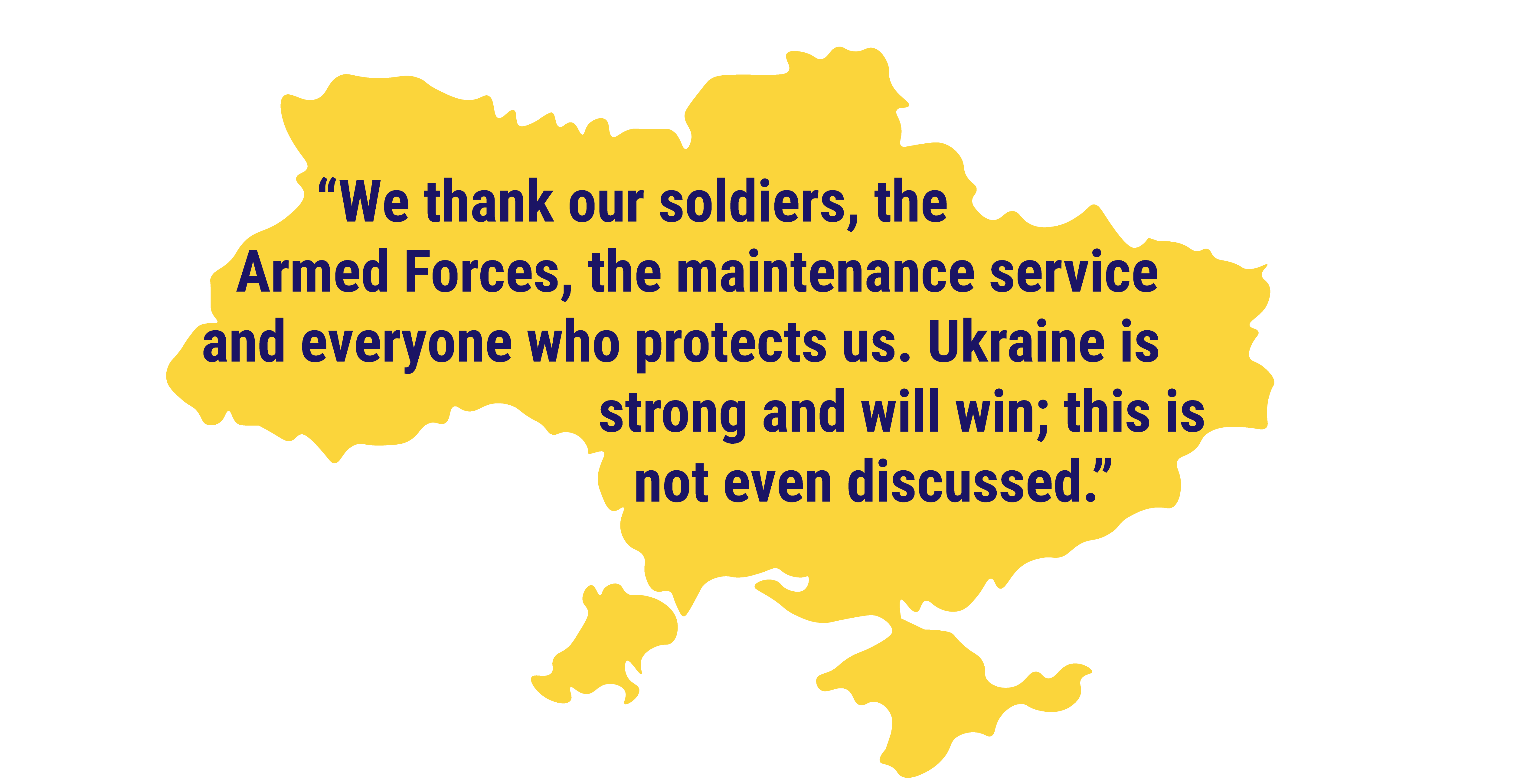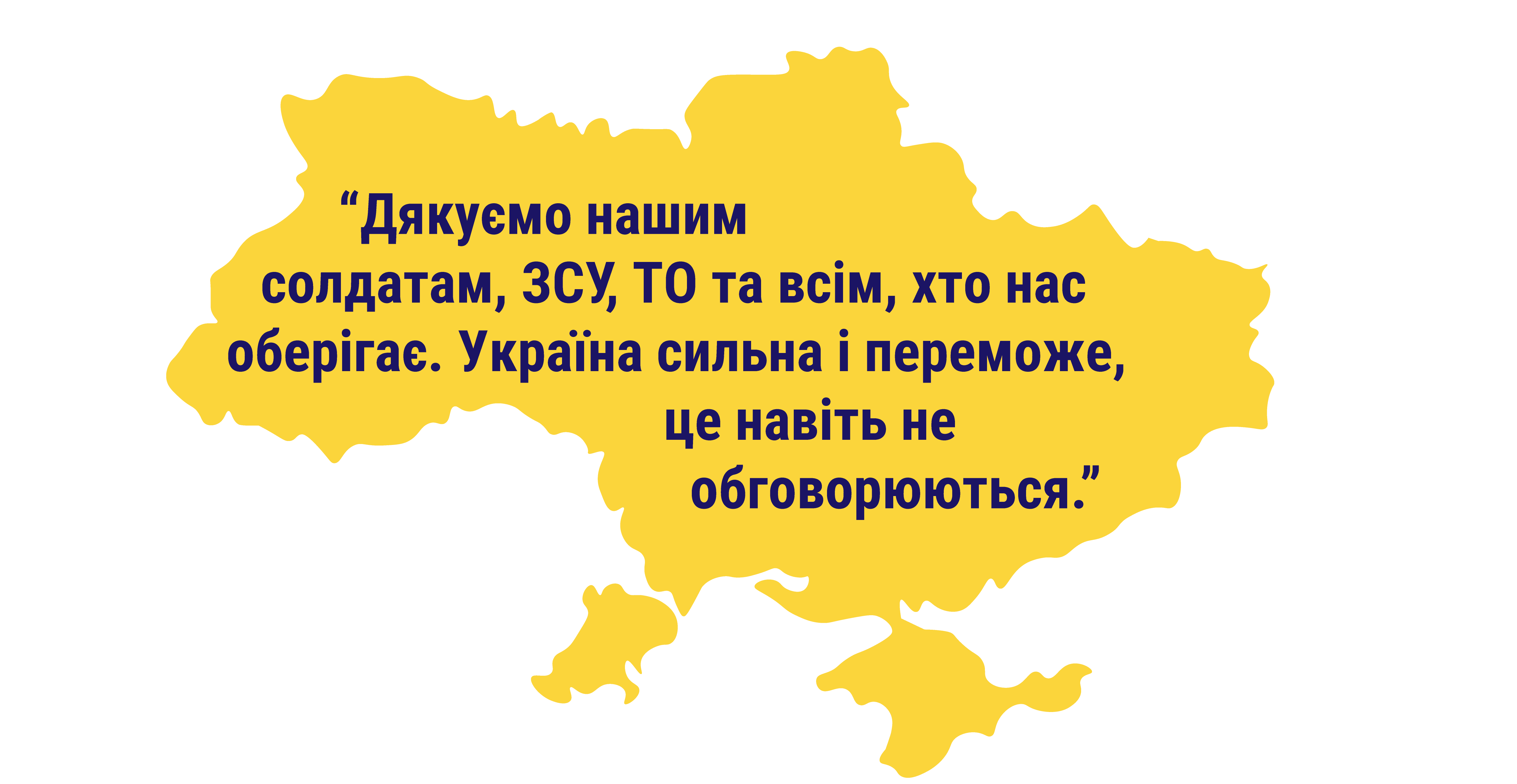Narratives of War: Virtual Exhibit of Written Testimonies of the Russia-Ukraine War
Since February 24th 2022, Russia’s full-scale invasion of Ukraine has displaced millions of Ukrainians and exposed many more to extreme violence, abuse, deprivation, and loss. Many survivors of war never voice their experiences; many others are only able to do so in a selective manner long after the immediacy of trauma has past. These tendencies contribute to a general lack of first-hand accounts from civilians during wartime, which can in turn contribute to wider public misinformation and lack of awareness about affairs on the ground. Documenting the experiences of Ukrainians during this time is critical, both for preserving a truthful historic record of the invasion and for facilitating the eventual healing of the Ukrainian nation and people.
The Narratives of War (NoW) Virtual Exhibit ensures that these Ukrainian voices are heard. Through collecting and sharing these testimonies, our hope is to contribute to the national and world-wide cultural memory of the Russian invasion of Ukraine. With thousands of witnesses of all ages and from all regions of Ukraine, the NoW project serves as both a timeline and a map of ongoing warfare while telling the war’s unfolding stories of suffering, resilience, and hope.
How to Navigate the Exhibit
The testimonies in this exhibit are fully searchable. The Search tab permits users to build simple or complex queries to return a subset of all testimonies matching search criteria. Testimonies can also be navigated by using the Browse tab and the options Map and Timelines below it. The Browse tab will display all written testimonies, ordered by their numeric ID. This ID corresponds to the order of submission; Testimony 1 was the earliest narrative submitted.
Each testimony, when clicked, will bring up a PDF (in both English and Ukrainian) that includes the respondent’s written narrative along with basic demographic information about the writer. Below the PDF, hyperlinked metadata permit a user to access similar testimonies. For example, clicking on ‘Female’ will bring up all the other testimonies written by women.
The Map option shows the geographical distribution of the testimonies, giving the number of testimonies collected from each region of Ukraine. When this number is clicked for a given region, the view will expand to show all the testimonies from that region (represented by pins). The Timelines option shows the chronology of the testimonies along with basic metadata (region, written date) for each. Clicking any of these entries will take the user to the relevant testimony page.





